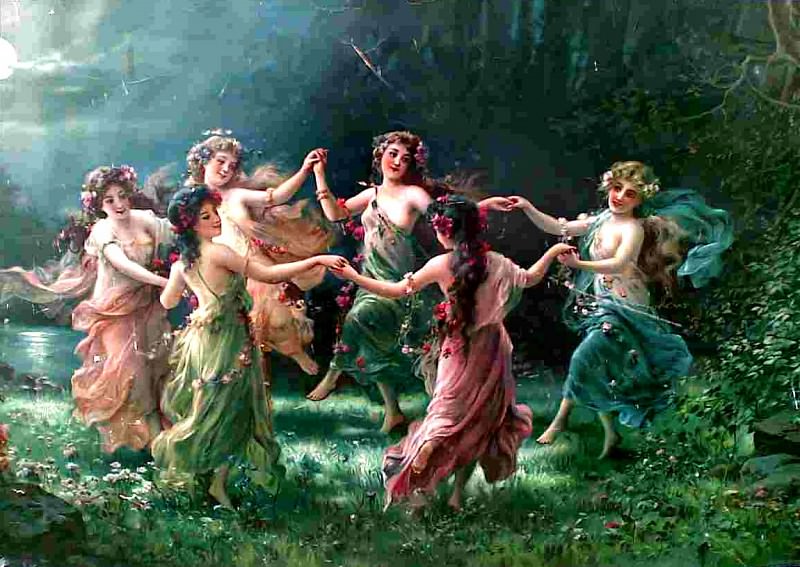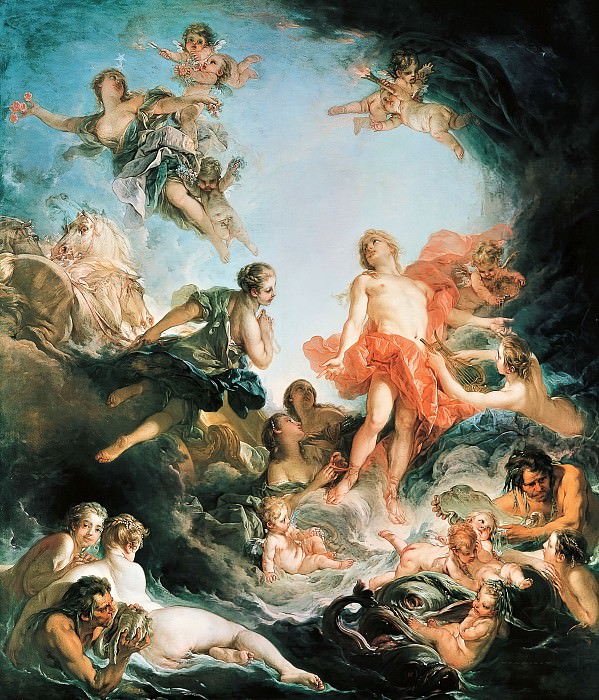Henri de Toulouse-Lautrec: The Master of Montmartre
Henri de Toulouse-Lautrec stands as one of the most compelling figures in the art world, known for his vivid depictions of Parisian life during the late 19th century. His work, characterized by its raw energy and unique perspective, captures the essence of the bohemian lifestyle that thrived in the neighborhoods of Montmartre. Despite physical challenges, Toulouse-Lautrec's artistic output was prolific, leaving an indelible mark on the art world.
The Early Life and Influences
Henri de Toulouse-Lautrec was born into an aristocratic family on November 24, 1864, in Albi, France. From a young age, he displayed a keen interest in art, encouraged by his mother, Countess Adèle de Toulouse-Lautrec. However, his early life was marked by tragedy, as he suffered from a genetic disorder that stunted his growth and left him with fragile bones. This condition, likely exacerbated by inbreeding in his aristocratic family, would shape both his physical appearance and his outlook on life.
Toulouse-Lautrec’s physical challenges isolated him from his peers, leading him to immerse himself in art. He moved to Paris in 1882 to study under renowned painters Léon Bonnat and Fernand Cormon, where he met fellow artists such as Vincent van Gogh and Émile Bernard. The influence of these artists, coupled with the vibrant atmosphere of Paris, played a crucial role in shaping his artistic style.
The Bohemian Life in Montmartre
Montmartre, a district in Paris known for its bohemian lifestyle, became the heart of Toulouse-Lautrec’s life and work. The area was a hub for artists, writers, and performers, all drawn to its lively cabarets, cafés, and brothels. Toulouse-Lautrec was a regular at establishments like the Moulin Rouge, where he found endless inspiration in the vibrant nightlife.
His art captured the spirit of Montmartre, portraying scenes of dancers, singers, and the everyday people who frequented the area. Toulouse-Lautrec’s ability to capture the essence of his subjects, often with a touch of humor and humanity, made his work stand out. His posters, in particular, became iconic, using bold colors and innovative compositions that broke away from traditional artistic norms.
The Artistic Style of Toulouse-Lautrec
Toulouse-Lautrec’s style was heavily influenced by the Impressionists, but he developed a unique approach that set him apart. His use of line was particularly distinctive, often exaggerated to emphasize movement and expression. This technique, combined with his keen observation of human behavior, allowed him to convey the emotions and personalities of his subjects with remarkable clarity.
He was also known for his innovative use of color. Toulouse-Lautrec often employed flat, unmodulated colors, influenced by Japanese ukiyo-e prints, which he admired greatly. This approach gave his work a modern, graphic quality that was ahead of its time. His posters, such as those for the Moulin Rouge, utilized this technique to great effect, making them not only effective advertisements but also works of art in their own right.
Iconic Works and Legacy
Among Toulouse-Lautrec’s most famous works are his posters for the Moulin Rouge, such as "La Goulue" (1891) and "Jane Avril" (1893). These posters are celebrated not just for their artistic merit but also for their role in revolutionizing advertising. By combining art with commercial appeal, Toulouse-Lautrec helped to elevate the status of the poster from mere ephemera to a respected art form.
Another significant aspect of Toulouse-Lautrec’s work is his portrayal of women. Unlike many of his contemporaries, who often idealized or objectified their female subjects, Toulouse-Lautrec depicted women with empathy and realism. His paintings of prostitutes and dancers, for example, show them as complex individuals rather than mere symbols of sexuality. This approach was both radical and controversial at the time, but it also garnered him respect and admiration.
Toulouse-Lautrec’s health continued to deteriorate in his later years, exacerbated by alcoholism. Despite this, his productivity remained high, and he continued to produce a vast body of work. He died on September 9, 1901, at the age of 36, leaving behind a legacy that would influence generations of artists.
Toulouse-Lautrec’s Influence on Modern Art
The influence of Henri de Toulouse-Lautrec on modern art cannot be overstated. His innovative techniques, particularly in the realm of graphic design and poster art, paved the way for future movements such as Art Nouveau and Modernism. Artists like Pablo Picasso and Henri Matisse drew inspiration from his work, particularly his use of line and color.
Moreover, Toulouse-Lautrec’s focus on everyday life and his ability to capture the essence of his subjects with empathy and realism resonated with the emerging trends in art at the time. His work is seen as a bridge between the Impressionists and the more radical movements that would follow, such as Fauvism and Expressionism.
The Legacy of a Cultural Icon
Today, Henri de Toulouse-Lautrec is celebrated not only as a master painter and printmaker but also as a cultural icon of Parisian life at the turn of the century. His work continues to be exhibited in major museums around the world, and his influence is evident in countless aspects of modern visual culture.
From the vibrant posters that line the streets of Paris to the continued fascination with the bohemian lifestyle of Montmartre, Toulouse-Lautrec’s legacy lives on. His ability to capture the fleeting moments of life with such poignancy and humor ensures that his work remains as relevant today as it was over a century ago.
In conclusion, Henri de Toulouse-Lautrec was a remarkable artist whose work transcended the limitations imposed by his physical condition and societal expectations. His unique style, characterized by bold lines, vibrant colors, and a deep empathy for his subjects, has left an indelible mark on the art world. Through his depictions of the lively and sometimes seedy underbelly of Paris, Toulouse-Lautrec not only documented a specific time and place but also captured the universal human experience.




